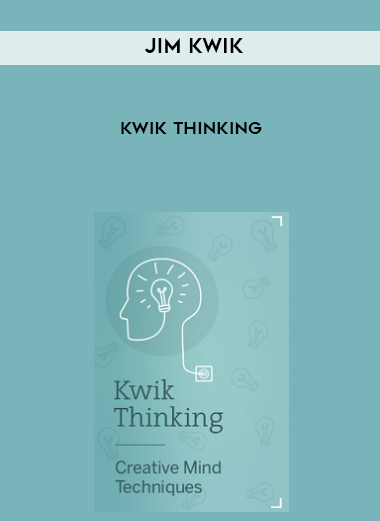
Michael Yapko – Mindfulness and Hypnosis
Archive : Michael Yapko – Mindfulness and Hypnosis
Mindfulness and Hypnosis by Michael Yapko
This book, which won the Society for Therapeutic and Experimental Hypnosis (SCEH) Arthur Shapiro Award for Best Book on Hypnosis, examines how mindfulness and hypnosis function in a clinical setting to help nurture transformation.
In recent years, mindfulness has become a mainstay of hospital and university-based therapy programs for stress reduction, pain management, anxiety management, and a variety of other concerns. Clinicians are now frequently advising their patients to concentrate, be attentive, open, and welcoming in order to benefit from the mindfulness experience.
How did mindfulness, a therapy method that was once considered as esoteric, become so widely accepted and implemented in such a short period of time? One apparent answer is that it works. The empirical evidence supporting the therapeutic benefits of mindfulness is significant and rising.
However, this is not a book about the therapeutic benefits of mindfulness. Rather, this is the first book of its type to discuss how, and more significantly, why, guided mindfulness meditations might improve therapy. This book focuses on the structure of guided mindfulness meditations and, in particular, the function of suggestion in these practices. One of the key issues discussed in this book is as follows: How does mindfulness function when a psychotherapist leads guided mindfulness meditations (GMMs) for a therapeutic purpose?
Other questions that come as a result of presenting this topic are equally compelling: Do GMMs have structural features that can be recognized and amplified, allowing them to be used more efficiently? How can we know who will gain the most from such methods? Can GMMs be enhanced by tailoring them to unique persons’ requirements rather than using programmed “one size fits all” approaches?
This book offers a practical guide to hypnosis, concentrating, and mindfulness for clinicians, discussing the function of suggestion in experience and presenting the author’s realistic ideas for incorporating this practice into psychotherapy.


![[Audio and Video] Fundamentals of Ericksonian Hypnotherapy Vol. II courses available download now.](https://illedu.info/wp-content/uploads/2021/07/gdIh0_lc30qmaqGfiM7q2Q-200.jpg)











Reviews
There are no reviews yet.